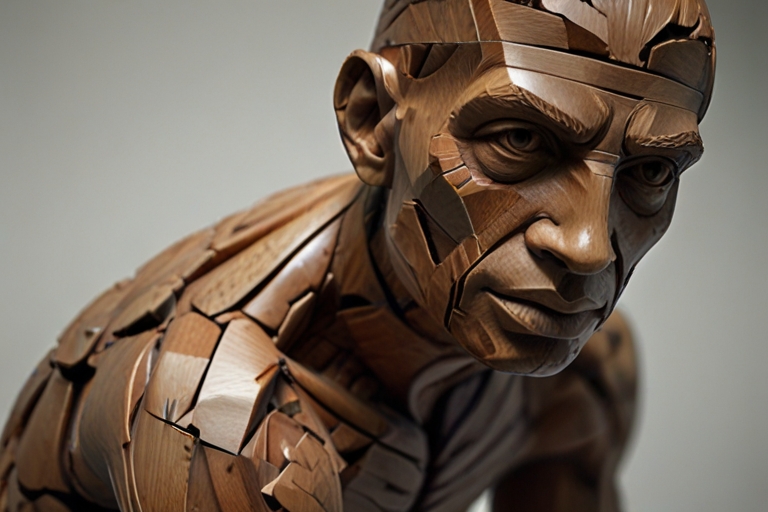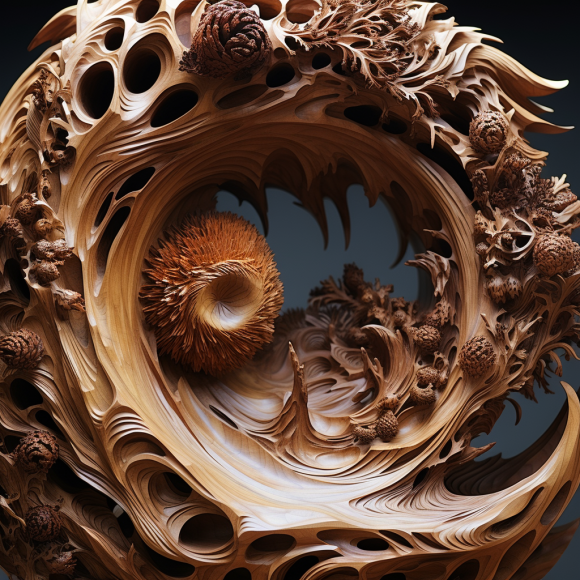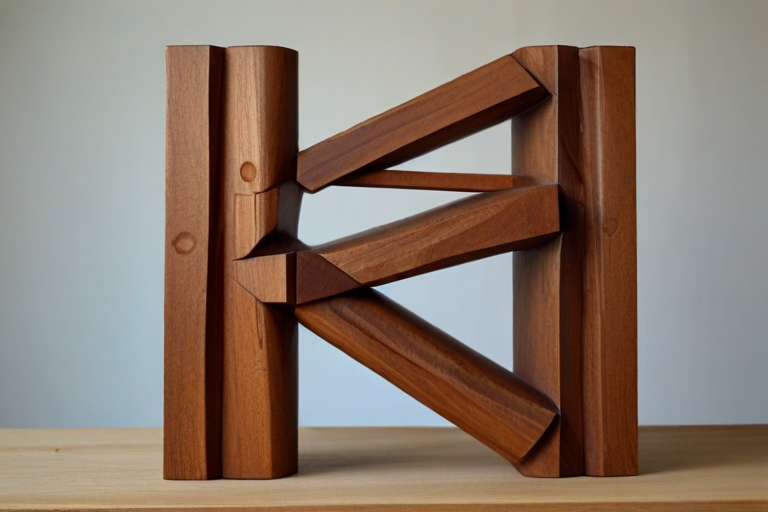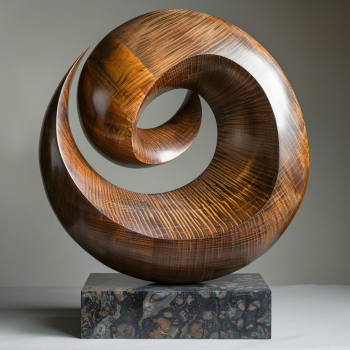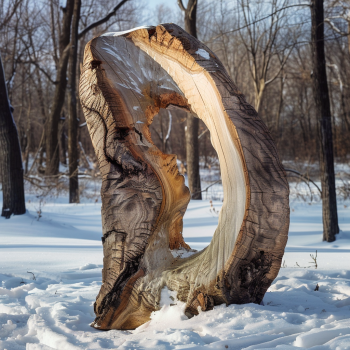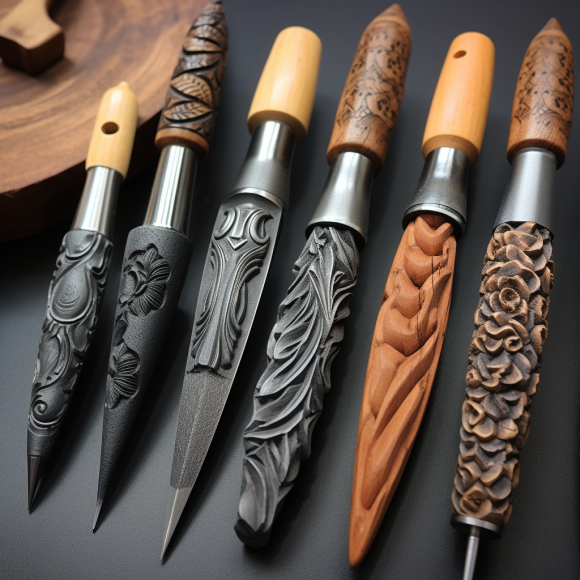Preserving Wood Sculpture: Maintenance and Restoration Tips
Preserving wood sculpture requires careful attention to maintenance and restoration techniques to ensure its longevity and beauty endure for generations to come. Wood, while a durable material, is susceptible to damage from environmental factors, pests, and the passage of time. By following best practices in maintenance and restoration, collectors and enthusiasts can protect their wood sculptures and safeguard them for the future.
1. Environmental Control: Maintain stable environmental conditions to prevent fluctuations in temperature and humidity, which can cause wood to expand, contract, and crack over time. Use a dehumidifier or humidifier as needed to maintain humidity levels between 40-60% and avoid placing sculptures in direct sunlight or near sources of heat or moisture.
2. Regular Cleaning: Dust wood sculptures regularly using a soft, dry cloth or a gentle brush to remove dirt, dust, and debris. Avoid using harsh cleaning agents or abrasive materials, as they can damage the surface of the wood and degrade its finish.
3. Protective Measures: Apply a protective coating, such as wax or varnish, to the surface of the wood sculpture to provide a barrier against moisture, UV radiation, and physical damage. Be sure to test any protective coatings on a small, inconspicuous area of the sculpture first to ensure compatibility and desired results.
4. Pest Control: Inspect wood sculptures regularly for signs of pest infestation, such as holes, tunnels, or sawdust-like frass. If pests are detected, take immediate action to eradicate them using non-toxic methods or consult a professional conservator for assistance.
5. Handling and Display: Handle wood sculptures with care, using clean hands and supporting fragile areas to avoid stress or damage to the wood. When displaying sculptures, use stable and secure mounts or display cases to prevent accidents and minimize exposure to dust, light, and humidity.
6. Restoration: If damage occurs to a wood sculpture, consult a qualified conservator or restoration specialist for professional assessment and treatment. Avoid attempting DIY repairs or refinishing unless you have the necessary expertise, as improper techniques can cause further damage and diminish the value of the artwork.
7. Documentation: Keep detailed records of the history, condition, and maintenance of wood sculptures, including photographs, written descriptions, and any relevant documentation or provenance. This information can be valuable for future conservation efforts and can help to establish the authenticity and provenance of the artwork.
By following these maintenance and restoration tips, collectors and enthusiasts can ensure that their wood sculptures remain in optimal condition and continue to be enjoyed and appreciated for years to come. Through careful preservation and stewardship, these works of art can serve as lasting testaments to the skill and creativity of their makers, enriching the cultural heritage of future generations.

